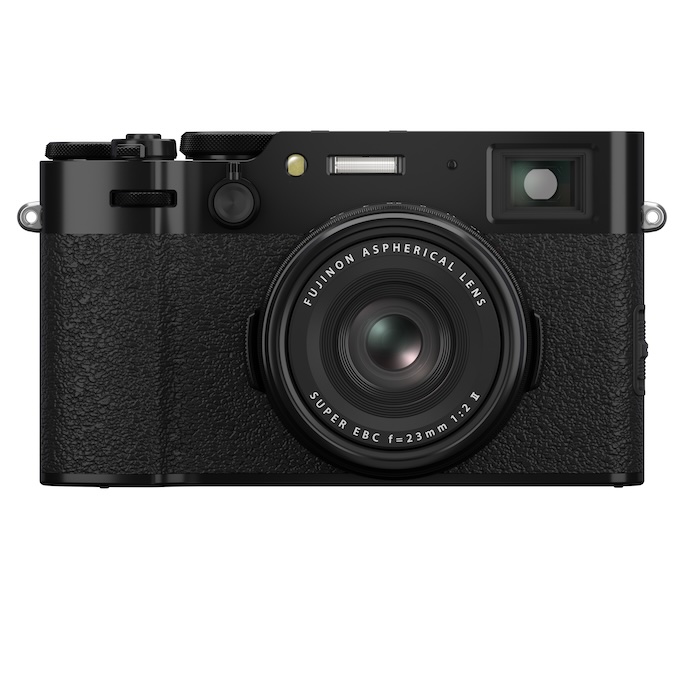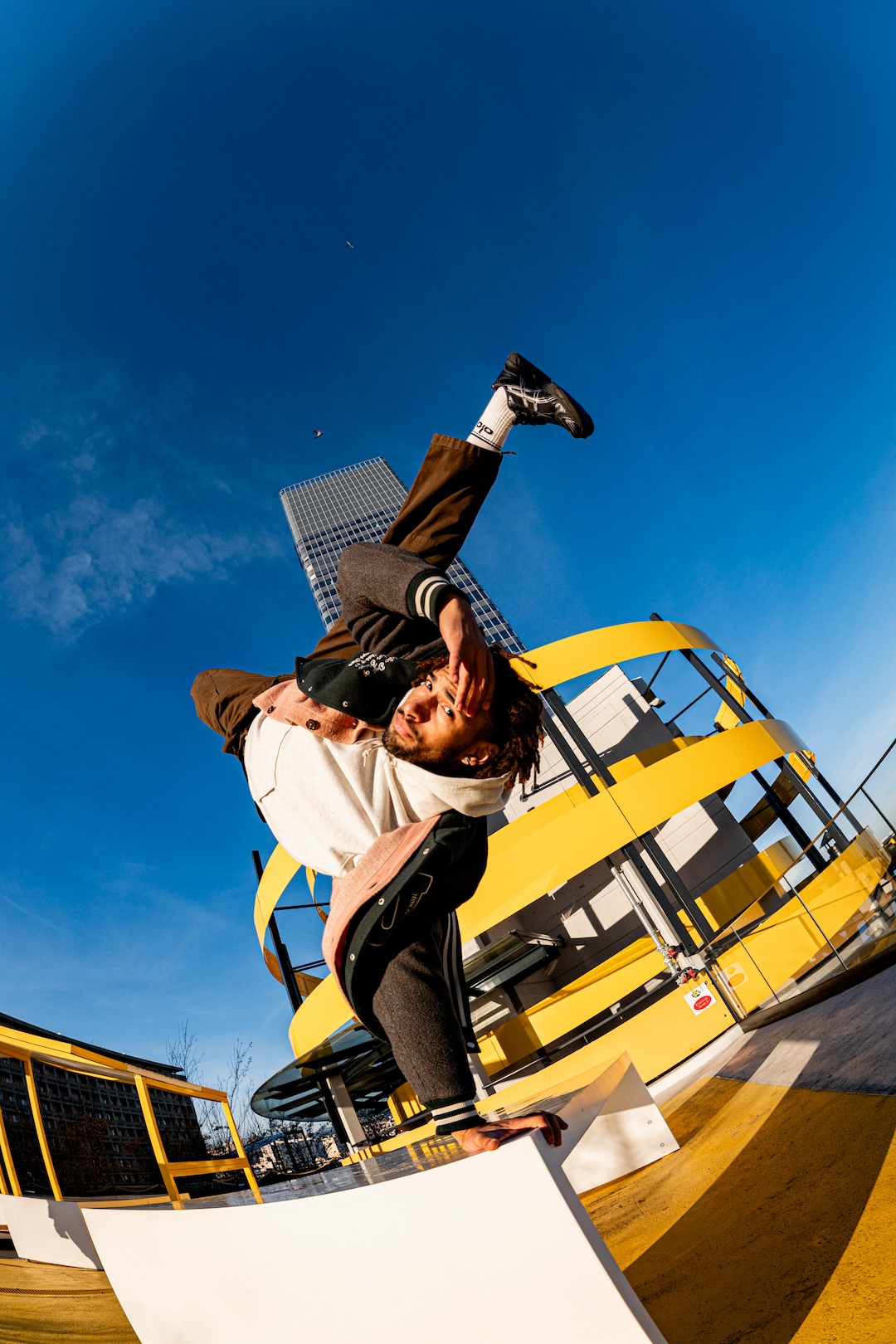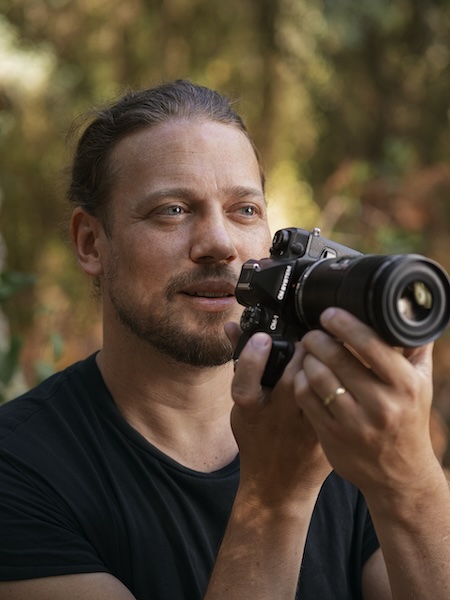Full-Frame, Low-Light 4K Filmmaking with the Sony a7s
May 18, 2015
On April 6, 2014, Sony proudly announced its 4K/Ultra HD video camera in a still camera body: the a7S. The Panasonic GH4 had been announced two months prior, and the promise of 3840 x 2160 video had filmmakers like myself casting aside the Canon 5D Mark III.
But Sony’s marketing department had jumped ahead of the Sony engineers. You see, the a7S can’t record 4K video to a memory card—it requires a separate field recorder that didn’t exist until the very end of 2014. Now that the Atomos Shogun and Convergent Design Odyssey7Q+ are available, we can finally experience full-frame, low-light 4K video with the a7S. It was worth the wait.

Now that external recorders like the Atomos Shogun are available, Sony’s a7S can finally record in 4K. Photos courtesy of Sony
Image Quality
The a7S is a marvel that seems to defy the laws of physics. It can literally see in the dark—a trick I use to amaze everyone who comes to my house after sunset. Video at ISO 51,200 on the a7S looks like ISO 6400 on other current full-frame cameras, such as the Sony a7 II and Nikon’s D810 (at 1080p), and the GH4 (at 4K). To put that three-stop jump in perspective, digital picture quality has only improved about 1.5 stops in the entire 12-year history of consumer digital cameras, according to DxOMark.com.
Design
The a7S has a brilliant design for a still camera, but a lousy design for a video camera. Without a touch screen, all adjustments require turning dials that will definitely shake the camera visibly while filming. The tilt screen is useful, but an articulating screen that flipped out from the side would make using a shoulder-mounted rig much easier. The a7S with the Shogun weighs about 3 pounds without a lens.
Sony currently offers eight native full-frame E-mount lenses compared to the hundreds of lenses available for Canon, Nikon, and Micro Four Thirds cameras. However, the E-mount a7S is a mirrorless, full-frame camera, allowing you to adapt almost any full-frame SLR lens. You’ll give up usable autofocus, but most filmmakers prefer manual focusing anyway. With your Canon EF and Sony A-mount lenses, adapters support aperture control and image stabilization.
While third-party lens manufacturers haven’t yet released autofocus E-mount lenses, Mitakon/Zhongyi, Rokinon and SLR Magic are producing manual primes designed for video. They’re inexpensive, sharp and fast.

The a7S seems to defy the laws of physics with its ability to capture in low-light environments.
What We Liked
Every photographer who’s switched from JPEG to RAW appreciates the ability to recover highlights and shadows. On most cameras, you lose that ability when you record video. Bright skies will be overexposed. Shadow detail will be forever lost.
While the a7S does not support RAW video, it supports S-Log2, which squeezes in about 12 stops of dynamic range (according to Cinema5D). That’s almost as much as the ARRI AMIRA, which costs about as much to rent for a week as the a7S does to purchase. The GH4 tested at only 10.8 stops of dynamic range (according to Cinema5D), meaning the a7S can recover detail that would be completely lost with the GH4. Upgrading to the a7S means bright clouds once again have texture and an exposure mistake doesn’t always require a reshoot.
What We Didn’t Like
Those of us behind the camera need to get perfect focus, color and exposure while producers and on-camera talent wait impatiently. Compared to similarly priced camcorders, the a7S has awful usability, with a form-factor optimized for still images, a tiny screen that lacks touch-to-focus, and no vectorscope, waveform or false color.
Connecting the Atomos Shogun field recorder solves many of those problems. The Shogun’s 7.1-inch, 1920 x 1200 screen is easier to see (though it requires a shade in bright light), provides much more accurate focusing, and gives you every bit of information you need to nail the exposure and color. The Shogun even allows you to see what your S-Log2 video will look like after grading. With dual XLR inputs, the Shogun can also replace your external audio recorder, though audio delay makes monitoring the sound difficult.
Unfortunately, attaching a field recorder introduces several new potential points of failure that can ruin a single take or an entire shoot. Though we eventually mastered the Shogun, several shoots were interrupted by loose cables, weak mounts and dead batteries.
How It Compares
This camera’s quality and versatility don’t come cheap. The a7S commonly sells new versions for $2,500, though you can find used copies for under $2,000. To record 4K, you’ll need to buy the Atomos Shogun and a Solid State Drive (SSD). Before lenses, you’re out $5,000, more than three times the cost of a new GH4.
If you’re budgeting $5,000 for 4K video, you need to compare it against more traditional camcorders with easier-to-use form factors and less rolling shutter, including the:
Panasonic HC-X1000 ($3,500 with lens). While it can’t match the video quality of the a7S, the fixed lens provides smooth zooming in a format more usable for video.
Sony PXW-Z100 ($5,500 with lens). Capable of recording 4K at 60 fps, the Z100 gives you noticeably smoother video or the ability to do slow motion. The 1/2.3-inch sensor gathers a tiny fraction of the light available to the a7S, and can’t match it at higher ISOs.
Blackmagic Design URSA ($5,995 without lens). With RAW video recording, XLR inputs, a built-in 10.1-inch monitor, and two 5-inch touch screens, the URSA beats the a7S in almost every way. Unfortunately, its Super 35 sensor has a 1.7x crop factor, reducing low-light capabilities and your ability to blur the background.
Final Thoughts
Is the a7S the right 4K camera for you? That depends on certain factors. Casual videographers will be happier with the Panasonic GH4’s internally recording 4K and articulating touch screen. Serious filmmakers will get the job done more efficiently with a proper camcorder. But for those of us filming at night, needing high dynamic range or want full-frame background blur, the Sony a7S and Atomos Shogun fill a unique niche that would otherwise cost over $50,000 to fulfill.
Related Links
The K5600 Evolution Lighting Kit Gets Put to the Test
Two Doable and Affordable Ways You Can Capture 4K




